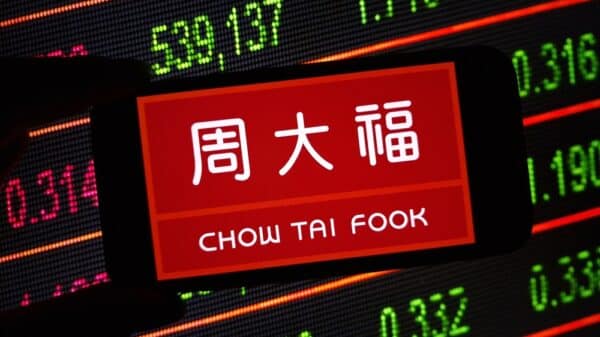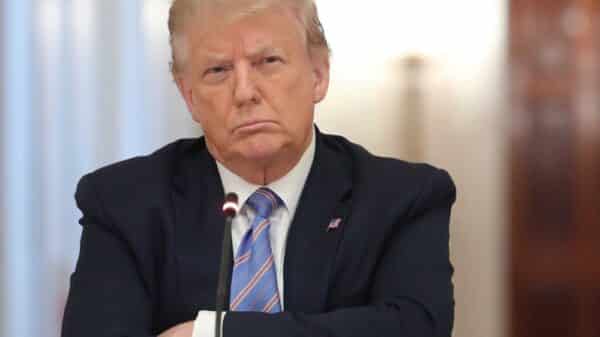The intricate world of international trade is often highly sensitive to shifts in policy, especially regarding tariffs. Historically, these trade barriers have sparked debates that shape the economies of nations. As seen in the current political landscape, the United States’ approach to tariffs has brought renewed scrutiny, echoing past debates about their real-world implications.
The Historical Context
William Clayton, a prominent figure behind the Marshall Plan post-World War II, believed that dismantling trade barriers was essential for global prosperity. His views contrast sharply with contemporary tariffs implemented under recent administrations, particularly those initiated by Donald Trump. The comparison underscores the political transformations that have influenced America’s trade relations.
Current Dynamics
Despite significant tariff increases reminiscent of the Smoot-Hawley Act of 1930, many experts have noted that the anticipated catastrophic outcomes have not materialized. The global economy appears to be holding its ground, with a surprising resilience found in U.S. asset demand. However, this resilience prompts a critical question: has the economy merely delayed the pain of potential repercussions?
Countries like China have actively adjusted their strategies in response to U.S. tariffs, illustrating an uneven global response. Economists from JPMorgan Chase highlight this discrepancy: “It’s not a war when only one side fights.” This sentiment reflects the complex nature of retaliation and the current trade climate.
Business Confidence and Economic Forecasts
While some optimism prevails regarding the economy’s ability to weather these changes, the repercussions of tariff hikes are evident. Business confidence has indeed dwindled, but not to the point of crisis. Firms are now faced with restrained capital investments. The current economic climate suggests that while a recession might loom, a more positive outcome remains within reach.
This guarded outlook contrasts sharply with early predictions. For instance, Christine Lagarde of the European Central Bank warned that rising tensions could plunge the world into severe economic conflict. Growing concerns in nations like Singapore echo these sentiments, reinforcing the notion that tariffs don’t foster friendship among trading partners.
Comparative Economic Insights
As various countries navigate their relations with the U.S., the responses from India and Brazil serve as noteworthy examples. Although India has avoided direct confrontations, its economic growth narrative remains strong against the backdrop of ongoing global challenges. Brazil, under President Lula, is actively seeking to assert its independence and lessen reliance on the U.S., indicative of a broader global trend aiming for economic autonomy.
The complexities of these relationships point to a multifaceted outcome from the current U.S. policies. While some nations may feel humiliated or slighted, the potential for resentment could lead to stronger trade alliances among global players, particularly within Asia.
The Future of Trade Relations
The overarching narrative remains one of cautious optimism, albeit with considerable risks. As the global economy continues to evolve, it is crucial to consider both immediate and long-term ramifications. The drive for a more integrated global economy may ultimately challenge the very tariffs designed to protect national interests.
Reflecting on Clayton’s philosophy, one wonders whether today’s trade environment can facilitate robust relationships analogous to those seen in post-war Europe. The potential for success lies in a balanced approach—one that embraces the ideals of inclusivity and cooperation rather than unilateral actions steeped in protectionism.
In conclusion, while current U.S. policies may have generated short-term gains, the long-term effects on international relations and trade dynamics warrant close monitoring. The balance between protectionism and open trade remains delicate, with the prevailing ideals of the post-war era serving as a guiding framework for potential future strategies. Understanding these complexities is essential for forecasting the trajectories of global trade.
Photo by PortCalls Asia on Unsplash



























